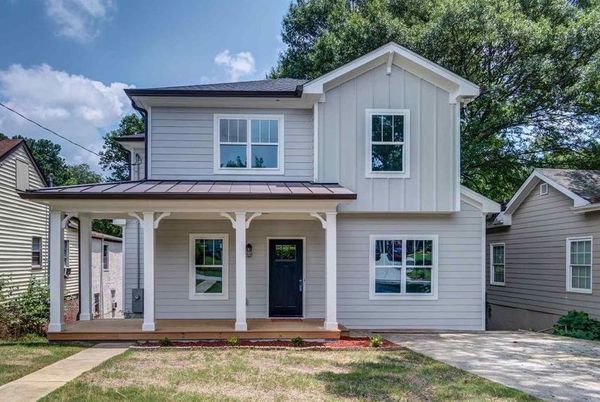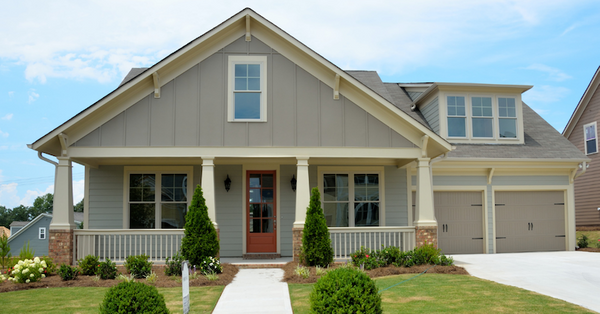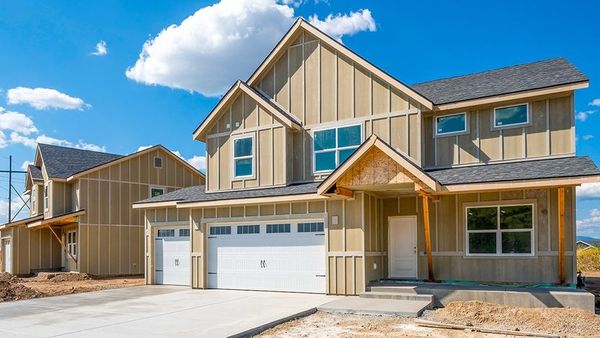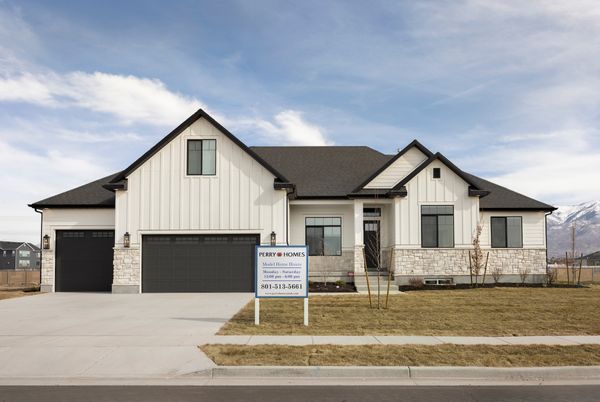Building your dream house can be an exhilarating experience. But when it comes to financing that dream, the process can become a bit intimidating. If you're considering building a new home and need financial guidance, look no further. Let's dive into the details of new construction home loans and demystify the concept of mortgage rate locks.
New Construction Home Loans and Interest Rate Locks
Unlike traditional mortgages that finance existing homes, new construction home loans are designed specifically for those looking to build. These loans can be more complex, often disbursed in stages based on construction milestones.
Types of New Construction Loans Include:
- Construction-to-Permanent Loans: This is a two-in-one loan. Initially, it acts as a construction loan, and upon completion of the home, it transitions into a standard mortgage. You only need one application and one closing.
- Construction-only Loans: These are short-term loans that cover only the construction period, typically 12 months. Once the house is built, you'd need to get a separate mortgage.
What is a Mortgage Rate Lock?
A mortgage rate lock guarantees a specific interest rate for a set period, provided the loan is closed within that time frame. This is protection against potential rate increases during your loan processing period.
If you have a construction to permanent loan, typically, you will lock in your rate when construction begins and the loan is funded, not at end of construction. Some lenders may offer a "floating rate lock", which allows you to lock in the rate when you apply for the loan, but also gives you the right to re-lock at a lower rate if interest rates fall during a specified period.
Locking Your Interest Rate on New Construction
Given that building a home can take months, rate locks for new construction are slightly different from existing home purchases. Some lenders offer longer-term locks specifically for new builds, which can span from six months to a year or even longer.
There might be an upfront fee to lock the rate, and sometimes you can opt for a 'float down' which allows you to get a lower rate if market rates drop during the construction.
When Should You Lock in Your Rate?
The ideal time to lock in your rate largely depends on the current market conditions and how they align with your construction timeline.
- If rates are historically low and there are signals they might rise, consider locking early.
- If your construction period is longer and rates are unstable, you might wait or opt for a longer-term lock.
Tips for New Construction Loans and Rate Locks:
- Stay Informed: Keep abreast of economic news. Interest rates can be influenced by economic indicators like inflation, unemployment rates, and geopolitical events.
- Stay in Touch: Maintain regular contact with your lender during the construction. If there are delays or changes, you need to keep them informed.
- Budget for Rate Changes: If you choose not to lock or if the lock expires, your rate can change. Plan for possible rate fluctuations by having a buffer in your budget.
- Read the Fine Print: Understand the terms of your rate lock, including fees, expiration dates, and what happens if the lock expires before closing.
Building a home is a significant investment, both emotionally and financially. While securing financing can seem daunting, being informed and proactive can make the process smoother. Whether you're locking in a rate or choosing the right construction loan, always aim for decisions that align with your long-term financial health and goals.






